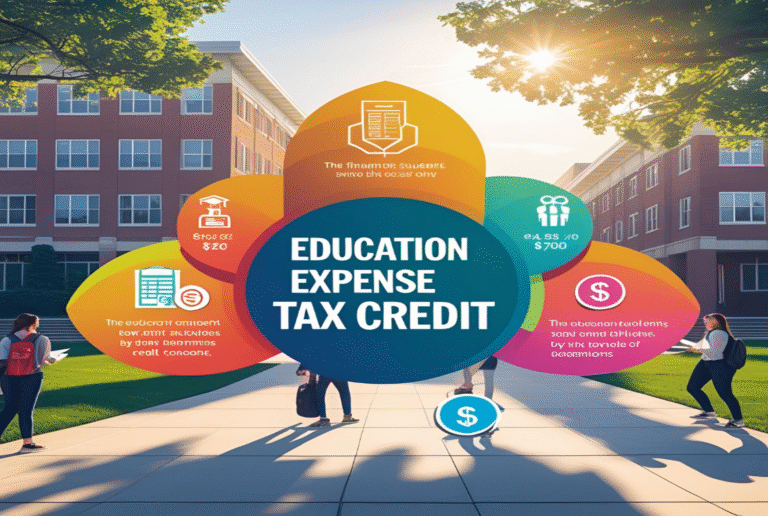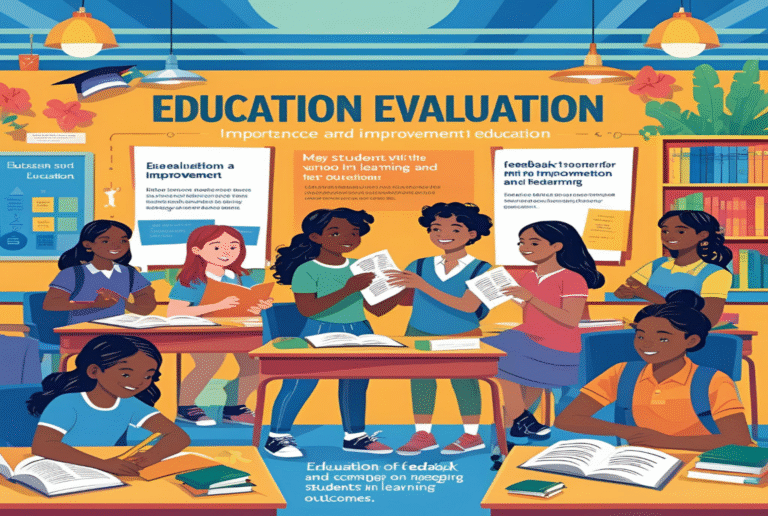Early Childhood Education
Building Brighter Futures: The Transformative Power of Early Childhood Education
Introduction
Early Childhood Education (ECE) isn’t just about teaching ABCs and 123s. It’s a foundational period where young minds begin to explore, imagine, and construct the scaffolding for lifelong learning. From birth to age eight, children undergo tremendous cognitive, emotional, and social growth. The experiences during these formative years can influence everything from academic achievement to emotional resilience and future economic productivity. In today’s fast-evolving world, investing in early childhood education is not just beneficial—it’s essential.
Why Early Childhood Education Matters
Children are born learning. Within the first few years of life, their brains form more than a million neural connections every second. This critical window of opportunity makes early education not only impactful but indispensable. High-quality ECE fosters cognitive development, supports emotional maturity, nurtures creativity, and enhances language and motor skills.
Moreover, early childhood education plays a pivotal role in breaking cycles of poverty. Numerous studies, including the renowned Perry Preschool and Abecedarian projects, have demonstrated that children who attend quality early education programs are more likely to graduate, earn higher incomes, and stay out of trouble with the law. In short, ECE is a strategic investment in both individual futures and the collective good.
The Pillars of Effective Early Childhood Education
Effective early childhood education is grounded in a few key pillars:
- Qualified Educators: Passionate, well-trained teachers are the heartbeat of any ECE program. Their ability to guide young learners, adapt to individual needs, and create nurturing environments directly impacts developmental outcomes.
- Play-Based Learning: Play is the language of childhood. Through structured and unstructured play, children develop problem-solving skills, social understanding, and physical coordination.
- Parental Involvement: Parents and caregivers are a child’s first teachers. Successful ECE programs integrate family engagement strategies to extend learning beyond the classroom.
- Safe and Stimulating Environments: Bright, organized, and resource-rich spaces that prioritize safety and accessibility help children feel secure and inspired to explore.
- Holistic Development Focus: ECE must go beyond academics to support social-emotional learning, self-regulation, empathy, and communication skills.
Global Landscape of Early Childhood Education
Across the globe, ECE policies and practices vary dramatically. Nordic countries like Finland and Sweden are often lauded for their child-centric, equity-driven models. In Finland, for instance, early education is free, play-oriented, and deeply integrated into the broader educational philosophy. Contrast that with many low-income nations, where access to even basic pre-primary education remains limited due to economic, infrastructural, and cultural barriers.
According to UNESCO, over 175 million children—nearly half of all pre-primary-age children globally—are not enrolled in early education programs. This educational exclusion perpetuates inequality, particularly among girls, marginalized ethnic groups, and rural populations.
Challenges Facing Early Childhood Education
Despite widespread recognition of its importance, early childhood education faces several challenges:
- Access and Equity: In many parts of the world, quality ECE remains a privilege, not a right. Poorer families often cannot afford tuition or transport, and rural areas may lack nearby centers altogether.
- Quality Assurance: Merely having access to a center isn’t enough. Low-quality programs with undertrained staff can be ineffective or even detrimental.
- Funding Gaps: Public spending on ECE is disproportionately low compared to primary and secondary education. Inconsistent funding leads to inadequate infrastructure, low salaries for educators, and limited resources.
- Workforce Development: The ECE sector often suffers from high turnover and burnout, primarily due to low wages, lack of career growth, and insufficient professional development.
- Cultural Perceptions: In some societies, early education is not yet valued or is viewed merely as child care rather than as a vital developmental stage.
Innovative Approaches in Early Childhood Education
To address these issues, innovative approaches are emerging worldwide. Here are a few groundbreaking models and ideas transforming the field:
- Reggio Emilia Approach: Originating in Italy, this approach views children as capable, curious learners. It emphasizes creative expression, collaboration, and child-led exploration.
- Montessori Education: Based on the philosophy of Maria Montessori, this method encourages independence, hands-on learning, and mixed-age classrooms.
- Tech-Enhanced Learning: While screen time for young children should be limited, age-appropriate educational technology can personalize learning and support literacy and numeracy skills.
- Mobile Preschools and Pop-Up Classrooms: In underserved regions, mobile units and temporary classrooms are being deployed to bring early education to remote communities.
- Public-Private Partnerships: Collaboration between governments, NGOs, and private companies is expanding access and boosting quality through shared resources and innovation.
The Role of Policy and Advocacy
Government policy plays a critical role in shaping the ECE landscape. National standards, teacher certification requirements, funding levels, and family support services all stem from legislative priorities. Countries that embed early education into their national development strategies reap long-term benefits across multiple sectors.
Advocacy is equally crucial. Organizations like UNICEF, Save the Children, and the World Bank are working tirelessly to raise awareness, conduct research, and influence policy. Grassroots movements and parent advocacy groups are also amplifying community voices and holding institutions accountable.
The Economics of Early Childhood Education
Investing in early childhood education delivers one of the highest returns on investment in the public sector. Nobel laureate economist James Heckman found that for every dollar invested in high-quality ECE for disadvantaged children, society saves up to $13 in future costs related to remedial education, health care, and the criminal justice system.
ECE also supports gender equity by enabling mothers to pursue education or employment. It enhances workforce productivity, reduces income inequality, and fuels economic growth. In essence, it’s both a social responsibility and a smart economic strategy.
Early Childhood Education in the Digital Age
As we move deeper into the digital age, early education must adapt without losing its core values. Digital literacy is now a vital component of lifelong learning. Yet, screen exposure for young children must be balanced with physical play, face-to-face interaction, and nature-based experiences.
Hybrid models of learning that combine digital tools with tactile exploration are gaining traction. Augmented reality storybooks, interactive whiteboards, and child-safe learning apps can enhance engagement and personalize instruction when used mindfully.
Culturally Responsive Early Childhood Education
Children come from diverse linguistic, cultural, and socio-economic backgrounds. Culturally responsive education recognizes this diversity as a strength, not a barrier. It affirms children’s identities, incorporates their home languages and traditions, and engages families as co-educators.
Inclusive ECE practices also ensure that children with disabilities or developmental delays receive the support they need from the start. Early identification and intervention can significantly improve outcomes, making inclusive practices not just equitable but necessary.
The Future of Early Childhood Education
Looking ahead, the future of early childhood education must be bold, inclusive, and resilient. Climate change, pandemics, and technological disruption will continue to impact how we teach and care for young children. To thrive in this uncertain world, ECE systems must be:
- Flexible: Ready to pivot to remote or hybrid learning when necessary.
- Resilient: Equipped with resources and training to support mental health and trauma-informed care.
- Innovative: Embracing evidence-based practices and emerging research.
- Equitable: Ensuring every child—regardless of background—has access to quality early education.
Conclusion
Early childhood education is more than a stepping stone to formal schooling. It is a critical launchpad that shapes who children become and how societies evolve. By prioritizing access, quality, and equity in early education, we don’t just build brighter futures for individual children—we lay the foundation for a more just, prosperous, and compassionate world.





